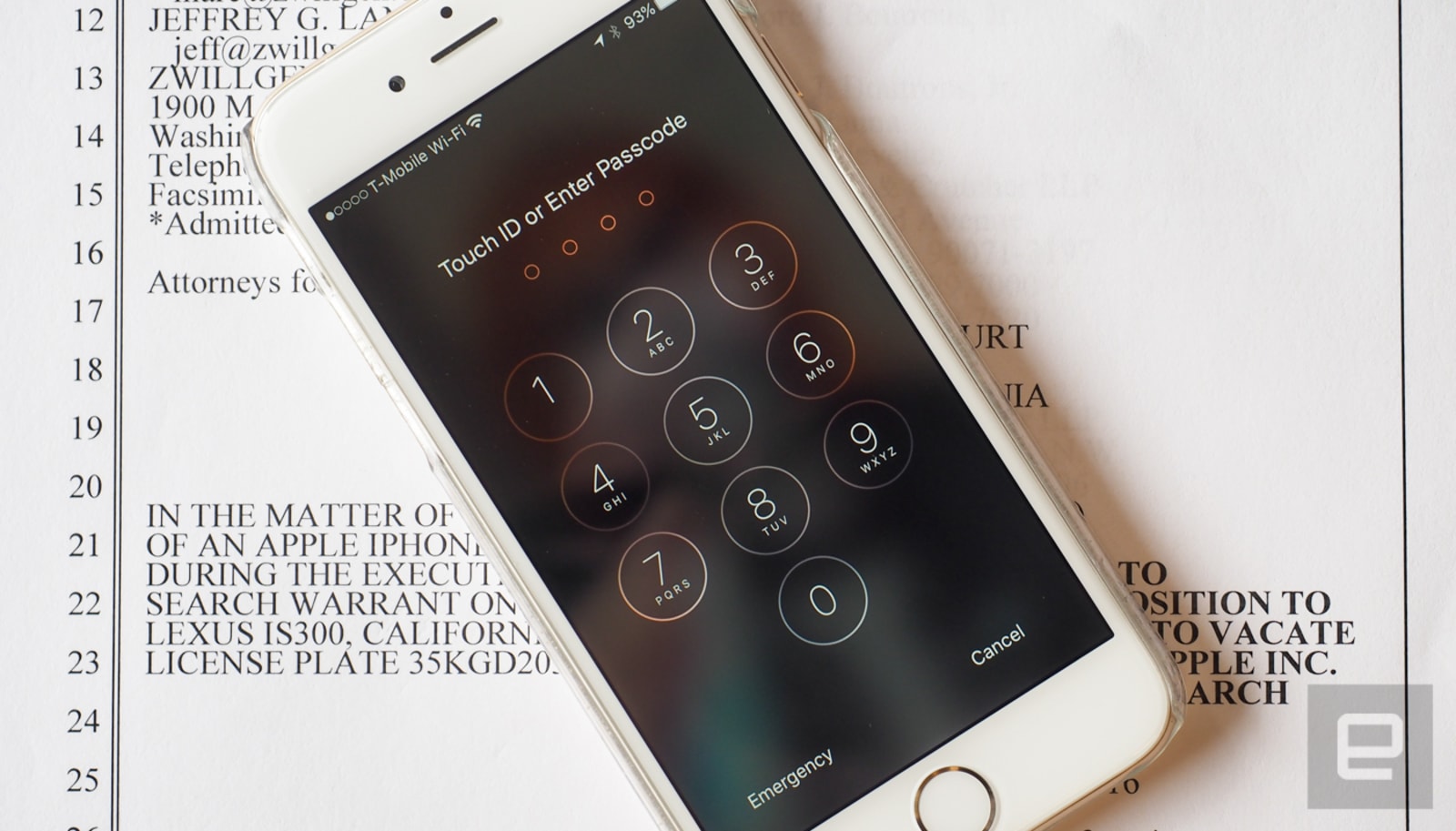The official excuse is that errors caused by multiple databases resulted in devices being counted more than once, but the issue has been an FBI and DOJ pursuit of backdoor access to locked phones. Then-director James Comey cited the inflated figure during a debate over the San Bernardino shooters’ locked iPhone, and it has come up again in relation to similar incidents. Without being provided any backdoor by Apple, law enforcement gained access to that device anyway, and as we’ve recently learned, there are tools it can use for newer phones.
The government has repeatedly referred to “Going Dark” as a major problem it faces in investigations, suggesting tech companies are enabling criminals by strengthening privacy protections that they can’t get around. But privacy advocates have long thought the agency was pumping up its numbers, and now it’s case has taken a significant hit.
(11)

